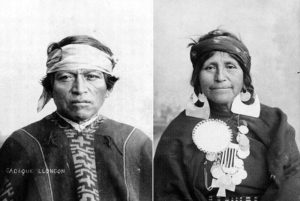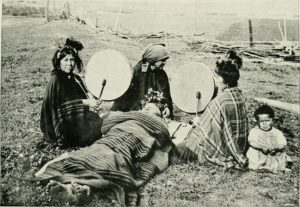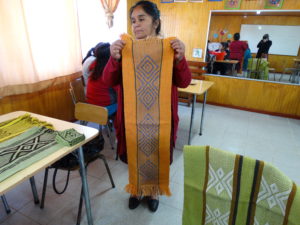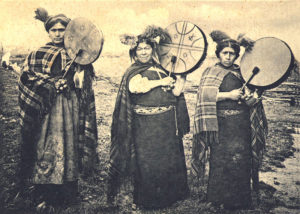Indigenous peoples throughout the Americas—and throughout the world, for that matter—have had to face the brutal force of colonization for hundreds of years. The native Mapuche people of Chile, who we serve through our microfinance and creative arts programs, have been a model of resistance against colonization and oppression. Even today, those left in Chile are fighting to preserve their unique cultural traditions and history.
Here’s what you should know about the Mapuche people:
Mapuche means “people of the Earth,” and a connection to nature is an important part of their culture. For instance, they still use natural medicinal techniques using ingredients culled from the land.
They are the largest ethnic group in Chile, with 10% of the population identifying as Mapuche. They make up 80% of Chile’s indigenous population. Some also live in Argentina.
They have a long tradition of handmade artisan goods, including weaving and silversmithing. Weaving in particular is passed down from woman to woman.
They are still fighting for their land—and for the preservation of their heritage. Despite fierce resistance, the Mapuche people have historically been forced to assimilate and to move off their land, and the struggle to preserve indigenous land and traditions continues today.
“Mapuche” actually refers to several groups of indigenous peoples, including the Picunche, Huilliche and Moluche.






